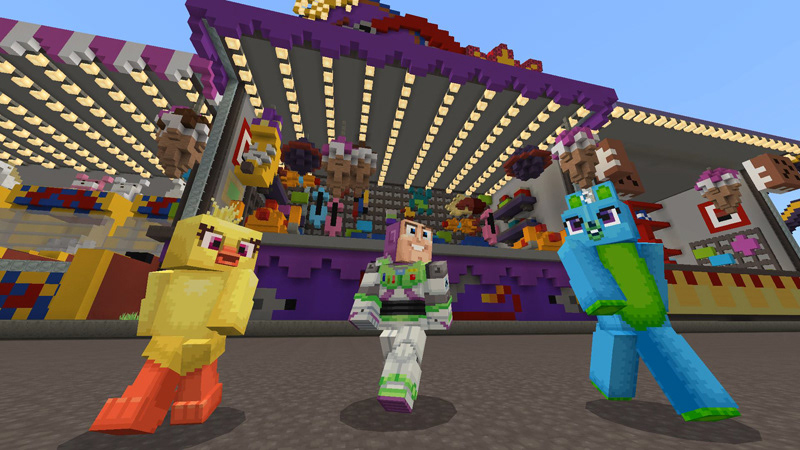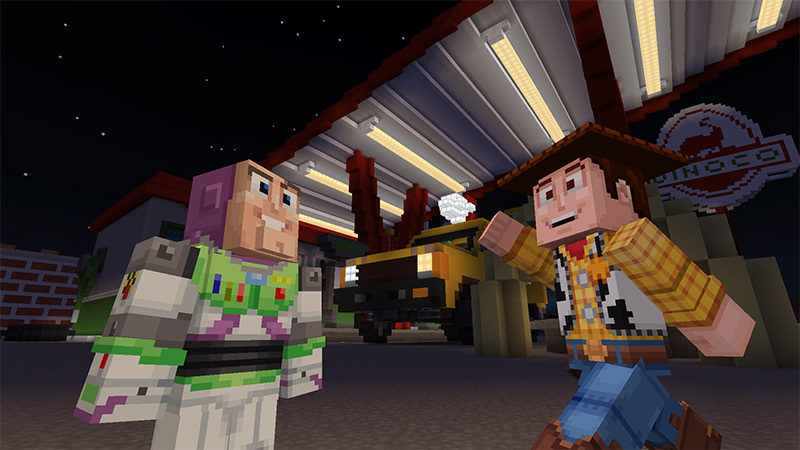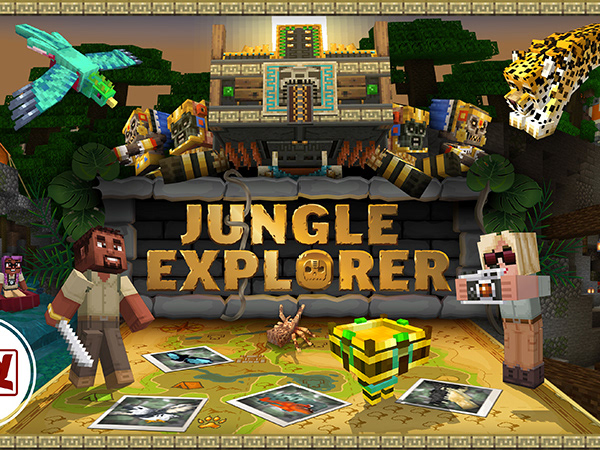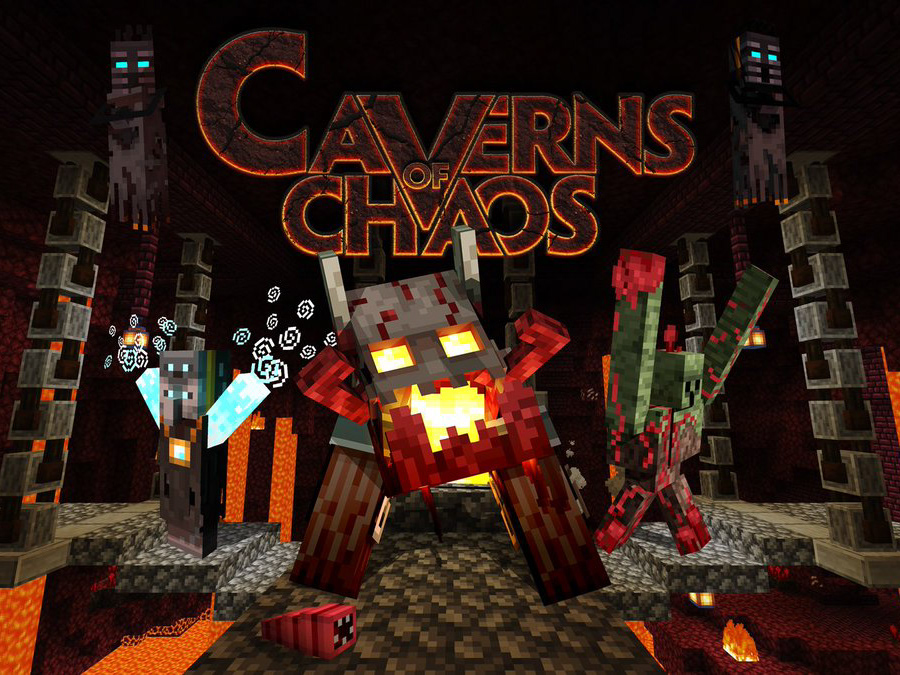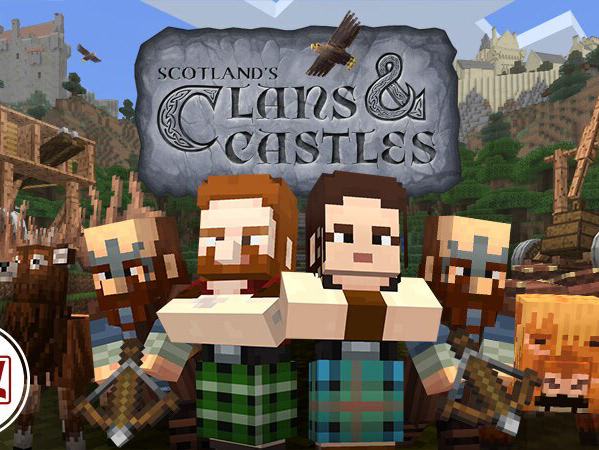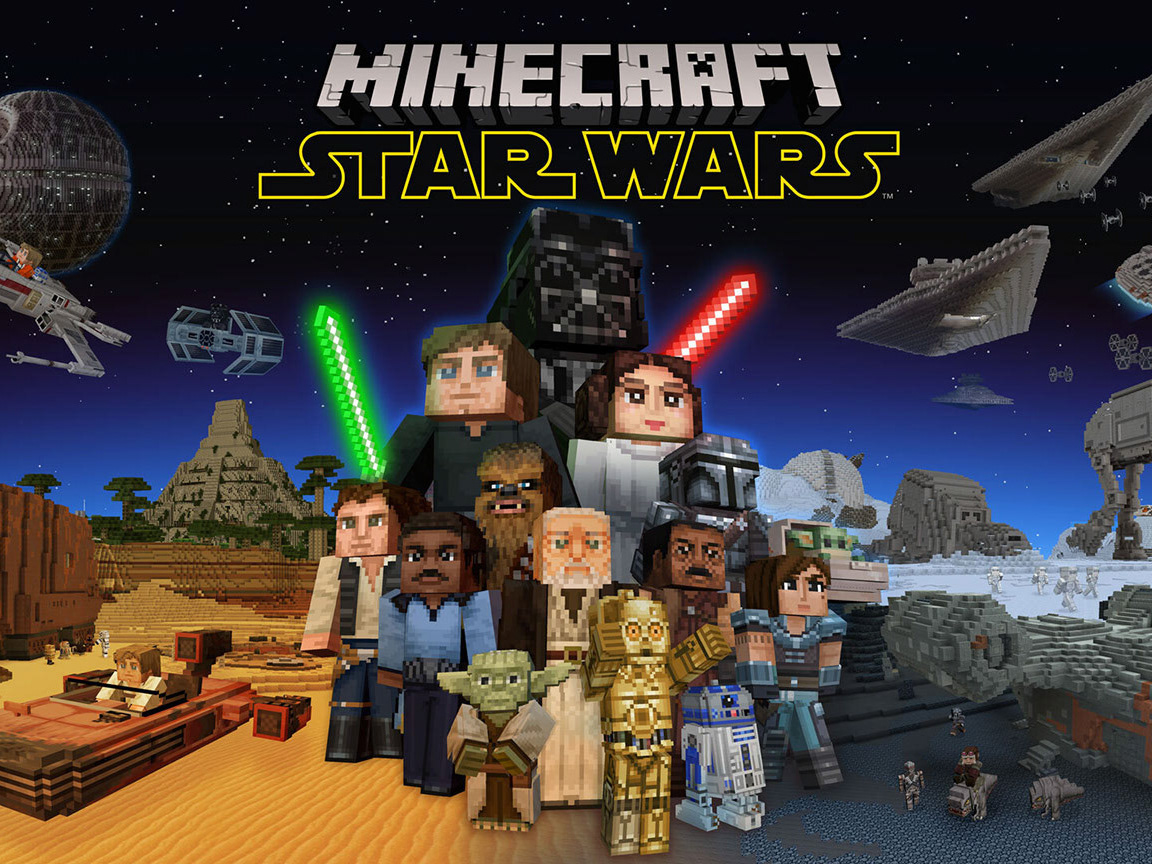Roles and Responsibilities
During the development of this project I was a level designer. Within that role I was responsible for:
- Greyboxing and 3D concepting
- Budgeting and breaking down design workloads
- Communicating design needs to art teams and finding solutions within Minecraft's limitations
- Creating final environments
- Collating the disconnected environments of Toy Story into a single explorable world
- IP Accuracy checks
- Maintaining communication with the team and client
- QA testing
- Creation of release materials such as advertising videos and high resolution image compositions
Development Breakdown
This title was a recreation of every iconic location seen throughout the Toy Story move franchise.
The pack aimed to take the key scenes and environments from all four movies and combine them into one, never seen before, fully explorable world.
The player would assume the role of their favorite Toy from the series, through character skins, and then have free reign to explore the world and re-enact all their beloved movie moments.
On this title I worked as a level designer and QA tester.
I spent a lot of time working along side other level designers and environment art teams to effectively capture the visual style of the franchise within a Minecraft world.
Part of this process was regular feedback sessions between the development team and the IP holder, Disney Pixar.
Beyond meeting the high standards of Disney we also had to ensure the pack met the standard required for success within the highly competitive Minecraft Marketplace.
Designing Levels for Micro Characters
Level design within this title had the unique challenge of the player assuming the role of a toy.
This meant that the structures within the environment were built at phenomenal scale to dwarf the player and present them as the toy characters from the source material.
This large scale pushed the height limitations of Minecraft's building tools to its limit. This became challenging when trying to simultaneously capture interior scales, and the exterior size of multi story buildings, giant stores, and single floor homes.
To account for this, each movie environment was positioned in such a way that the player could never see a set piece which would break the immersion of the world scale. For example; to accurately capture interior scales, Andy's house and Al's Toy Barn ended up similar heights. The player could never see Andy's house from Al's Toy Barn or vice versa.
In the case of Al's multi story flat block from Toy Story 2, all of the unseen interiors were avoided and the available space within the structure was dedicated to the three visible movie environment which were the lobby, elevator battle with Zurg, and Al's apartment. The travel time between environments was made more lateral and winding than vertical to make players feel they traveled a great distance, without that distance needing to be solely up.
Player Navigation in a Giant World
The second challenge of this title was player navigation and movement within, and between, each environment.
In Minecraft the player is two blocks tall, and can jump one block high. As the environment was at times pushing the 256 block high build limits there was a constant consideration for how the player would traverse such gigantic assets in each environment without changing the source material.
The solution to this was often contextual to every location but often made use of a parkour like method of traversing the world via routes imbedded into minor movie details such as loose nails or door handles as ledges.
This was a highly iterative process that required continual level testing to gauge the level of skill required to reach the end of each parkour sequence and then balance this for the intended audience.


Quality Assurance Testing
QA testing on this title was handled on an environment by environment basis.
I played through a series of test cases which ranged through checking the contents of in game chests, testing character and creature skins were displaying correctly in build, and iterating on locations which the player could become trapped within during survival mode gameplay.
Once I ran my tests in an environment I would confer with senior members of the development team to create a priority order on bug fixes, and then return to the build to make the required changes.
Following this process I would re-test the environment and then proceed onto the next location and repeat.
By handling testing in a location by location basis, rather than testing the full level in one sweep, I was able to manage the process more efficiently and unblock sign off sessions and iteration work of other team members.
This allowed me to test in greater detail whilst also speeding up my personal workflow.
